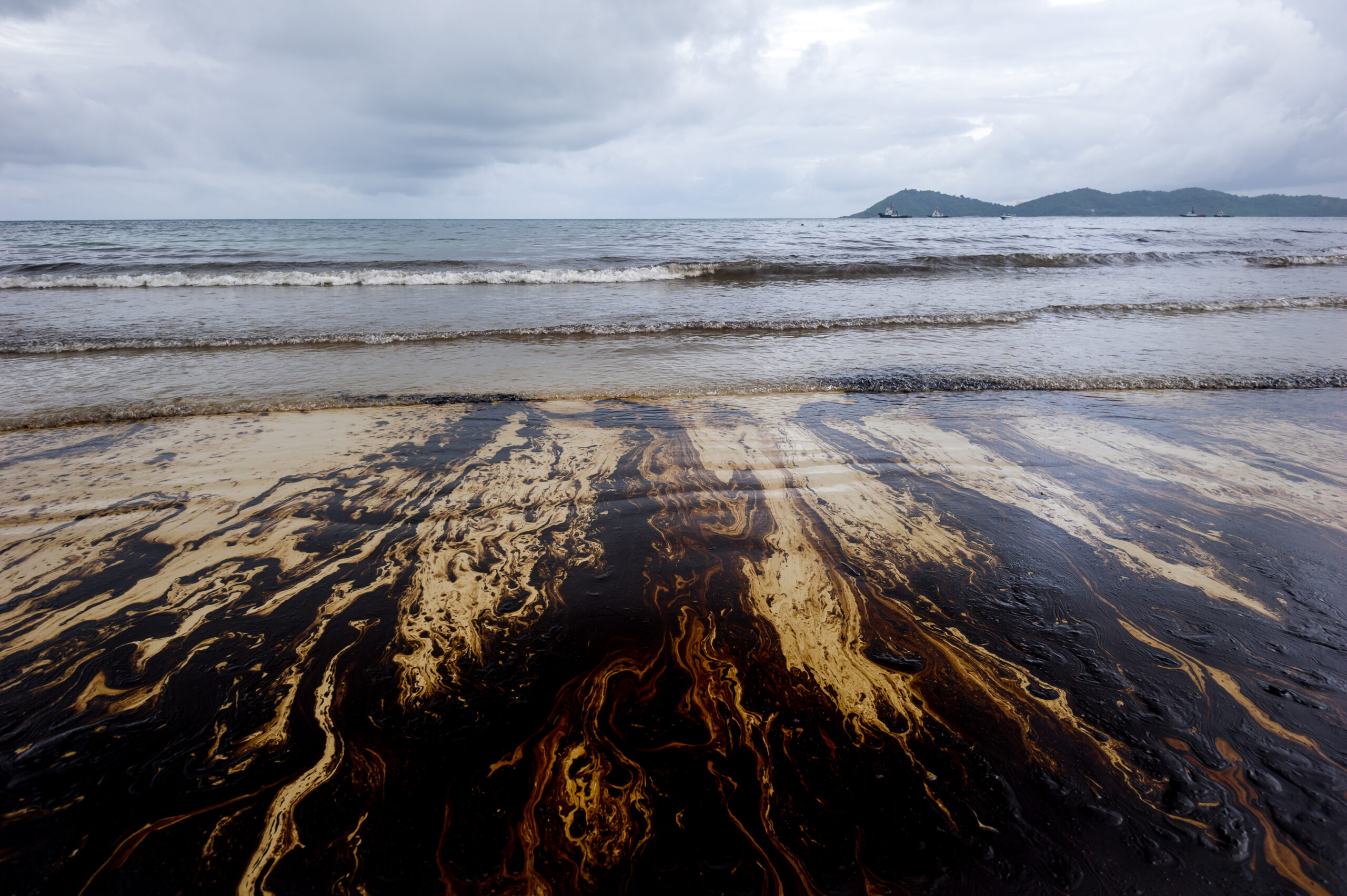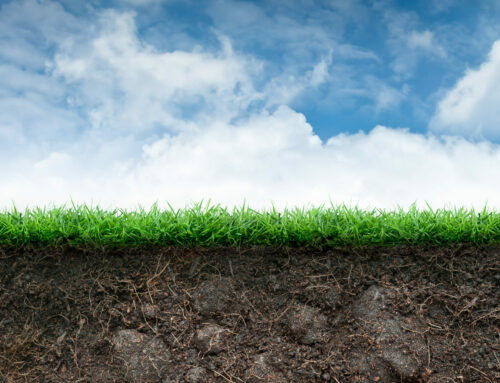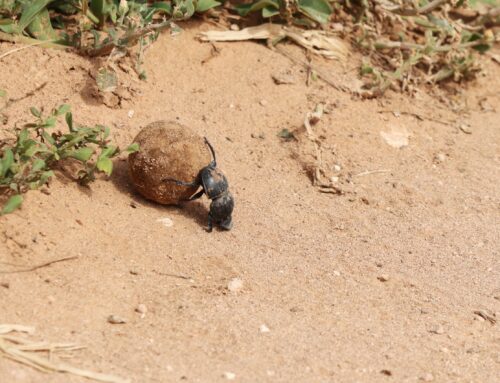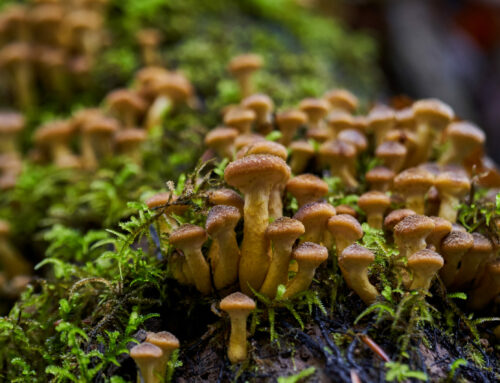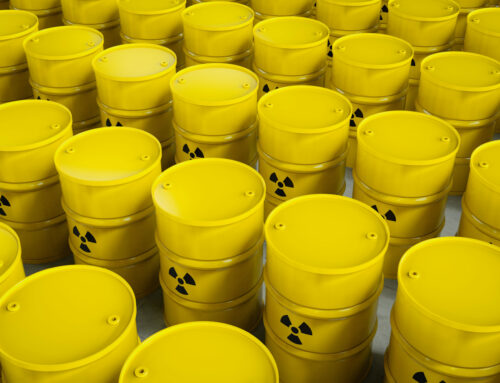It was early morning of April 20, 2010 on Deepwater Horizon oil-drilling platform owned by the British Petroleum company. Strong explosion occurred, killing eleven workers and injuring seventeen. Reason for it was natural gas leak from a deep water drill. Two days later the platform sank and a massive oil leak was detected, lasting for the next 87 days and spilling more than 200 million gallons of crude oil into the ocean 1.
Although the largest oil spill in history, Deepwater Horizon was unfortunately not the only one. Since the beginning of human search for gas and oil, more than 140 similar catastrophies occurred, some from drilling in the oceans, some due to the accidents of the oil-carrying tankers, land oil-wells and pipelines. However, estimates are that more than 90% of crude oil contamination come from non-accidental sources such as run-offs from land drills, rafineries, storages, routine ship operations and others 2.
Besides physical damages to the sea animals, chemical components of the crude oil (also known as total petroleum hydrocarbons or TPHs) are very toxic, causing damages to the skin, kidneys, respiratory-, digestive-, nervous-, immune- and reproductive system. In the soil, crude oil blocks availability of nutrients, causing death of plants, disturbance of the microbial communities and decrease of the soil fertility 3. Since oil is lighter than water, it aggregates on the surface, blocking oxygen availability to the water organisms below. TPHs sink to the deep waters, creating sediments at the bottom, accumulate at the shores and evaporate to the air. In the soil, TPHs are washed away in the ground waters, contaminating drinking water supplies.
So, what are the current methods for remediation of the crude oil-spills?
Current methods for remediation of crude oil spills are either physical, such as removal by floating devices (floating booms or skimmers), or chemical, such as dispersal of the oil in smaller droplets which are then easier to degrade. However, both of these methods are often expensive, inefficient or potentially toxic. For example, oil-spill dispersants are chemicals which can accumulate in the food chains, reaching toxic and even lethal concentration in the living organisms 4.
Therefore, bioremediation seems to be the most efficient method for treatment of oil spills.
How microbiomes can be used for bioremediation of the crude oil-spills?
Different microorganisms have different ability to degrade TPHs. In general, when the availability of one food source in the environment becomes dominant, microbes which are better in using that food source will thrive. After the food is consumed, the population may return to the previous state. For example, analysis of the deep ocean sediments, one year after the Deepwater Horizon catastrophe have shown significant decrease in the microbial markers which were typical for the oil spill 5. Natural microbial bioremediation, however, may not always be very efficient and depends on various factors, such as the availability of the oil droplets to the degrading microbes, temperature or pressure (which can be problematic at the bottom of the ocean). In general, there are two ways to accelerate natural microbial bioremediation: biostimulation and bioaugmentation.
Biostimulation is addition of nutrients (similar to fertilizers in agriculture) or addition of biosurfactants – substances increasing surface for chemical reaction and contact with degrading bacteria. Certain microbes naturally produce biosurfactants facilitating oil-droplet formation but, in contrast to chemical dispersants, these are easily biodegradable and not toxic. Various methods for biostimulation have been tested on oil-contaminated ocean sediments 2. Biostimulation has been also proven as the most efficient methods for bioremediation of the oil-contaminated soils in situ (without removal of the soil) 6.
Bioaugmentation is the process of addition of specific microbes (or microbial consortia) with the ability to degrade pollutants at the contaminated site. Current developments in the metagenomics and other “omics” technologies paved the way for the analysis of the metabolic pathways for degradation of various substrates including TPHs. This enables selection of the degrading microbes, their cultivation in the laboratory and application at the contaminated sites again. There have been several successful reports using this approach, although there are difficulties with the growth of the cultivated microbes in the natural environment and possible issues with a decrease in biodiversity by introducing foreign microbial consortia 7. An interesting alternative for bioremediation of the oil-spills is application of plant-associated microbiomes 8. Another option for bioaugmentation is introduction of microbes with the engineered metabolic pathways. However, main obstacles here are legal aspects and a risk of possible gene-transfer to other microbes. Finally, a combined approach of biostimulation and bioaugmentation is an interesting possibility for bioremediation of the oil-spills and other environmental pollution.
– Follow us in the next episode, when we will discuss roles of microbiome in bioremediation of other organic pollutants, heavy metals and radioactivity…
Literature:
- Deepwater horizon oil spill. https://en.wikipedia.org/wiki/Deepwater_Horizon_oil_spill
- Mapelli, F. et al. Biotechnologies for Marine Oil Spill Cleanup: Indissoluble Ties with Microorganisms. Trends in Biotechnology 35, 860–870 (2017).
- Fowzia A, ANM Fakhruddin. A Review on Environmental Contamination of Petroleum Hydrocarbons and its Biodegradation. Int J Environ Sci Nat Res 555811 (2018) doi:10.19080/IJESNR.2018.11.555811.
- Wise, J. & Wise, J. P. A review of the toxicity of chemical dispersants. Reviews on Environmental Health 26, (2011).
- Yang, T. et al. Distinct Bacterial Communities in Surficial Seafloor Sediments Following the 2010 Deepwater Horizon Blowout. Front. Microbiol. 7, (2016).
- Simpanen, S. et al. Biostimulation proved to be the most efficient method in the comparison of in situ soil remediation treatments after a simulated oil spill accident. Environ Sci Pollut Res 23, 25024–25038 (2016).
- Ławniczak, Ł., Woźniak-Karczewska, M., Loibner, A. P., Heipieper, H. J. & Chrzanowski, Ł. Microbial Degradation of Hydrocarbons—Basic Principles for Bioremediation: A Review. Molecules 25, 856 (2020).
- Saeed, M. et al. Development of a plant microbiome bioremediation system for crude oil contamination. Journal of Environmental Chemical Engineering 9, 105401 (2021).

